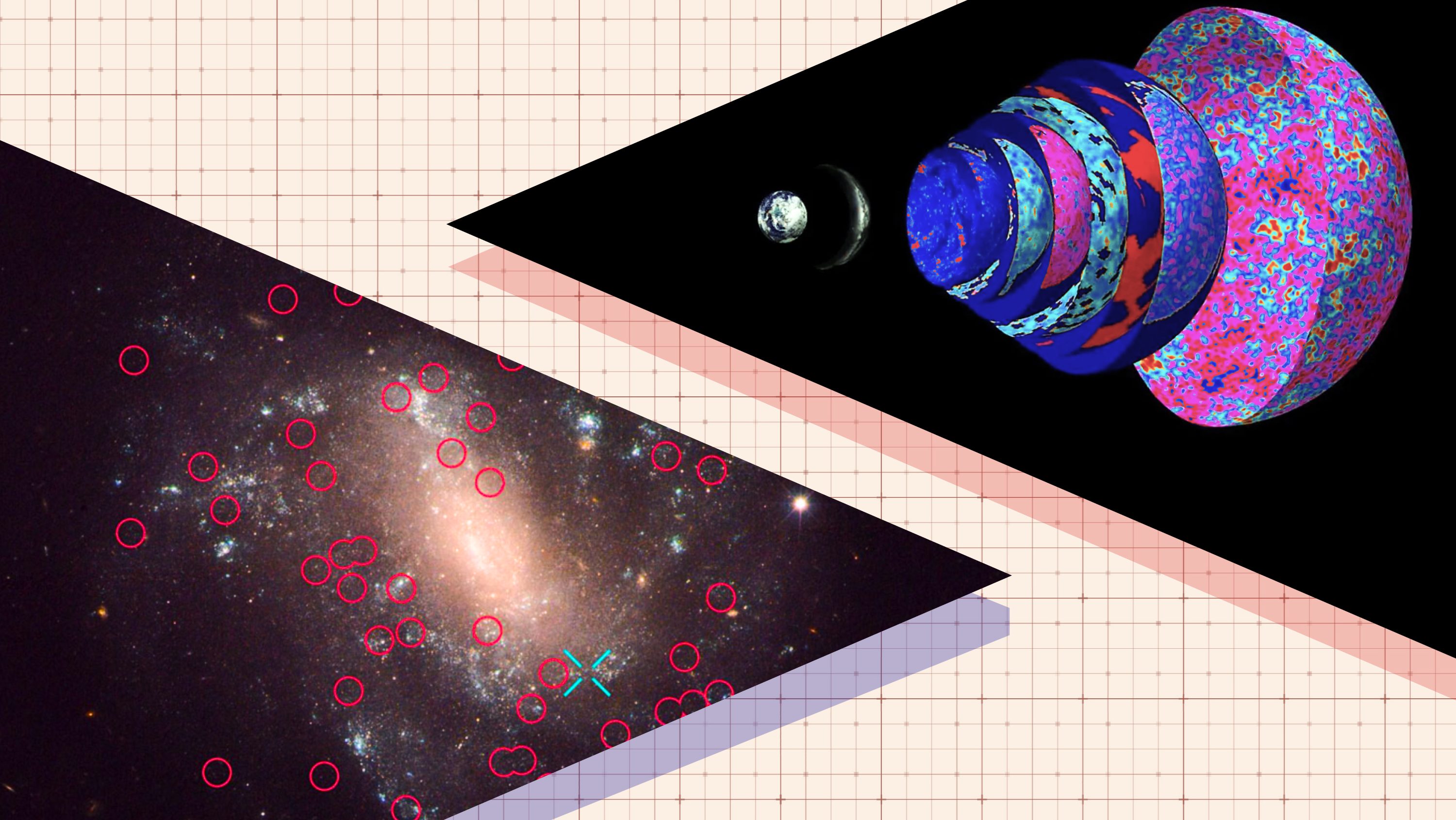The Two Kinds of Data: Why Facts in Economics Aren’t Like Those in Physics

This is an updated version of a Scientific American post:
In future economics should be seen as more like history than physics. Steven Pinker says, “No sane thinker would try to explain World War I in the language of physics.” Yet some economists seem sufficiently crazy.
1. Data in history isn’t like data in physics. Experiments typically required to produce the latter are impossible in the former. Likewise in macroeconomics (as Noah Smith notes).
2. In “The Concept of Scientific History” Isaiah Berlin distinguishes two kinds of data, with the fancy names nomothetic and idiographic. “Nomothetic” means fit for law-like generalizations (with reliable regularities). “Idiographic” means knowledge gained through direct relationship with the particular. It’s not clear that all data has (nomothetic) patterns.
3. Berlin says “because” is used differently in science and history. In science, it means reliably causal. In history, it means a looser, narrative kind of causation, a useful explanation of the complex web of factors affecting a particular situation.
4. Since Plato (and especially since Newton) we’ve generally privileged universal timeless truths. But we know history’s truths are often particular to context and times (idiographic).
5. Physics enjoys a closedness that human life lacks. Nothing that physics studies chooses or innovates. History and economics study things that often change how they act and react. The (nomothetic) methods of the inanimate sciences face extra challenges in social sciences.
6. Statistics, probability, or aggregation can’t always help. Prior distributions can be upset by spreading behavioral changes, making social systems less predictable. This doesn’t rule out aggregate patterns but nothing guarantees their stability either. (e.g. this discontinuity between pay and productivity).
7. Economists have used the “language of physics” since in the “19th century…[they]…adopted the mathematics” of inanimate equilibria. Today’s macroeconomists (perhaps insanely) use related methods to model objects as complex as world wars.
8. Economics (especially macro) has history-like aspects. Its narratives might be woven with data, but not everything that matters is in the data (or even quantifiable).
We risk blinding ourselves with science. Its dazzling tools don’t fit all tasks. Perhaps economics, like history, is restricted to moderately reliable maxims.
Illustration by Julia Suits, The New Yorker Cartoonist & author of The Extraordinary Catalog of Peculiar Inventions.





